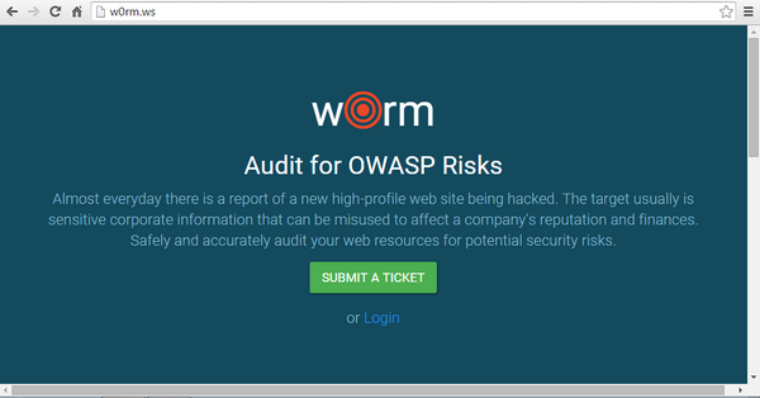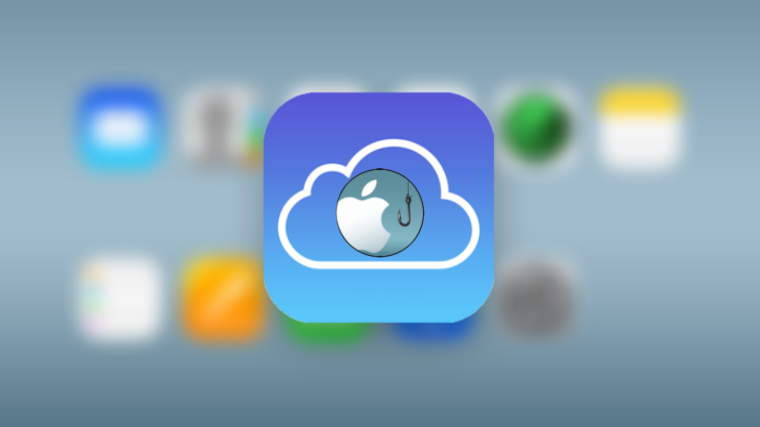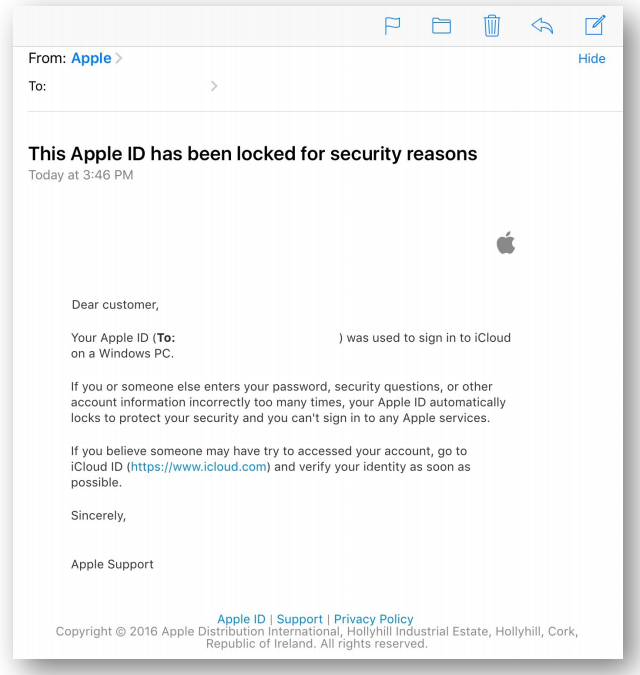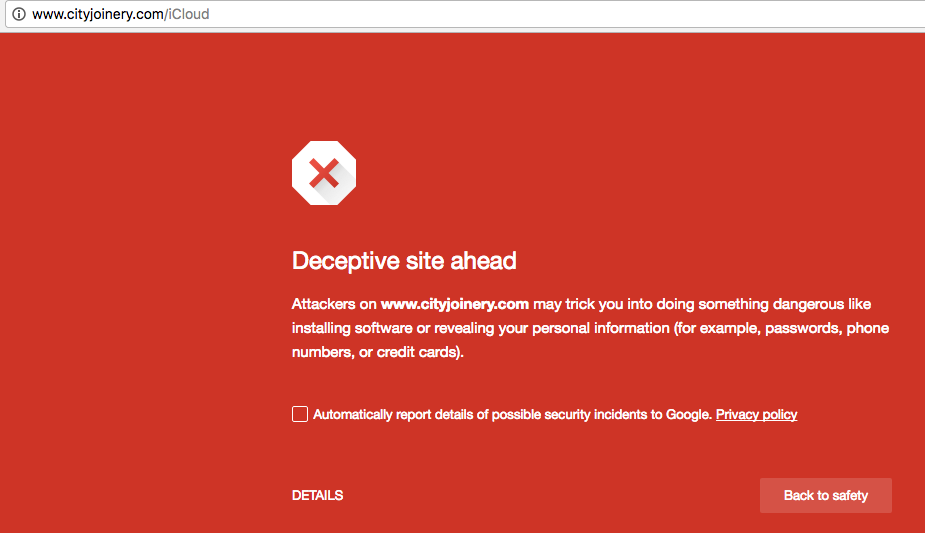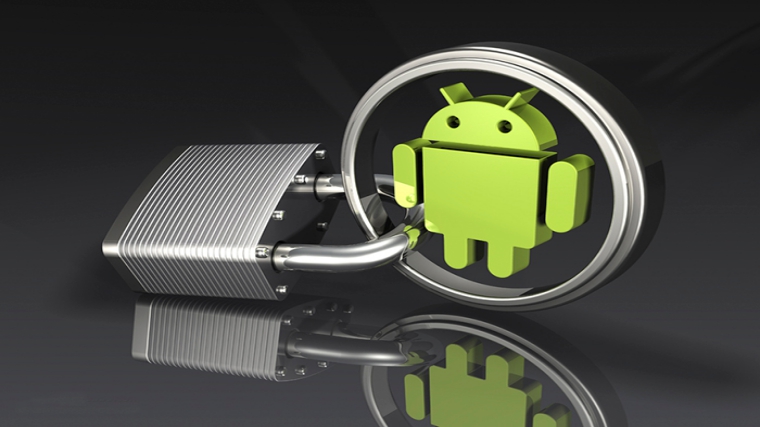Free public WiFi is an easy way to access internet. And you don't have to pay anything. Except may be with your data, that is if you are not cautious. Although the free internet access points are a boon, especially to those who often have to travel, using them is also fraught with risk.
The freely downloadable "sniffing" software has made it easy for anyone to be able to hack into someone's WiFi session and see what they're surfing. These software tools are actually meant for IT administrators to troubleshoot network problems. But like everything, they can be used for good or for evil.
So what do you do? Well, keep on surfing internet through free Wi-Fi but just follow these 5 safety tips:
- Prefer HTTPS encrypted sites: Let's say you're grabbing lunch at your favourite cafe, waiting for your order to arrive. You pull out your tablet and begin browsing some news sites over the cafe's wifi to catch up on the latest headlines. Unbeknownst to you, that guy in the corner is snooping on your traffic and can see everything you're seeing. If the sites you're surfing are not https-encrypted, the guy in the corner will be able to see everything you're seeing. And the majority of sites still aren't - out of the top 100 most popular sites, only 25 use encryption by default. Sites with HTTPS encryption is more private and can be kept as confidential. So when on free Wi-Fi stick to HTTPS websites.
- Watch out for that hotspot: Beware of those unknown and strangely named WiFi connections showing up in your phone list. With small hardware investment, a hacker or cyber criminal can set up his own rogue WiFi hotspot that appears legitimate. If you use it, he can not only see what you're seeing, he can also jump in and alter what you're seeing. So you think you're logging into Gmail, but you're actually logging into his spoofed Gmail page - and now he has your credentials. This is known as a man-in-the-middle attack, and you can see some fun examples of it being done in this video where three politicians were hacked. This kind of attack is more complicated, but it can still be picked up pretty quickly in online tutorials.
- Use VPN: VPN stands for Virtual Private Network. It creates a secure connection so that your public WiFi connection will be protected from snoops. Even with their sniffing tools, all they'll be able to see is encrypted gobbledygook.
- Turn off your WiFi when not in use: With WiFi switched on in your phone, tablet or laptop, your phone's terminal is open even if you have not connected it to any access point. Though the risk factor is not huge in this case but any hacker can try to access your phone through bogus router. Also keeping your WiFi off when not in use saves your phone's battery.
- Say no to silly and repeated passwords: Having one passwords for multiple accounts is the silliest thing you can do to put your phone security at risk. In case a hacker manages to procure that one particular password, you very well know the repercussions of it. He/she can get an access to several accounts of yours. So always choose strong and unique passwords.



